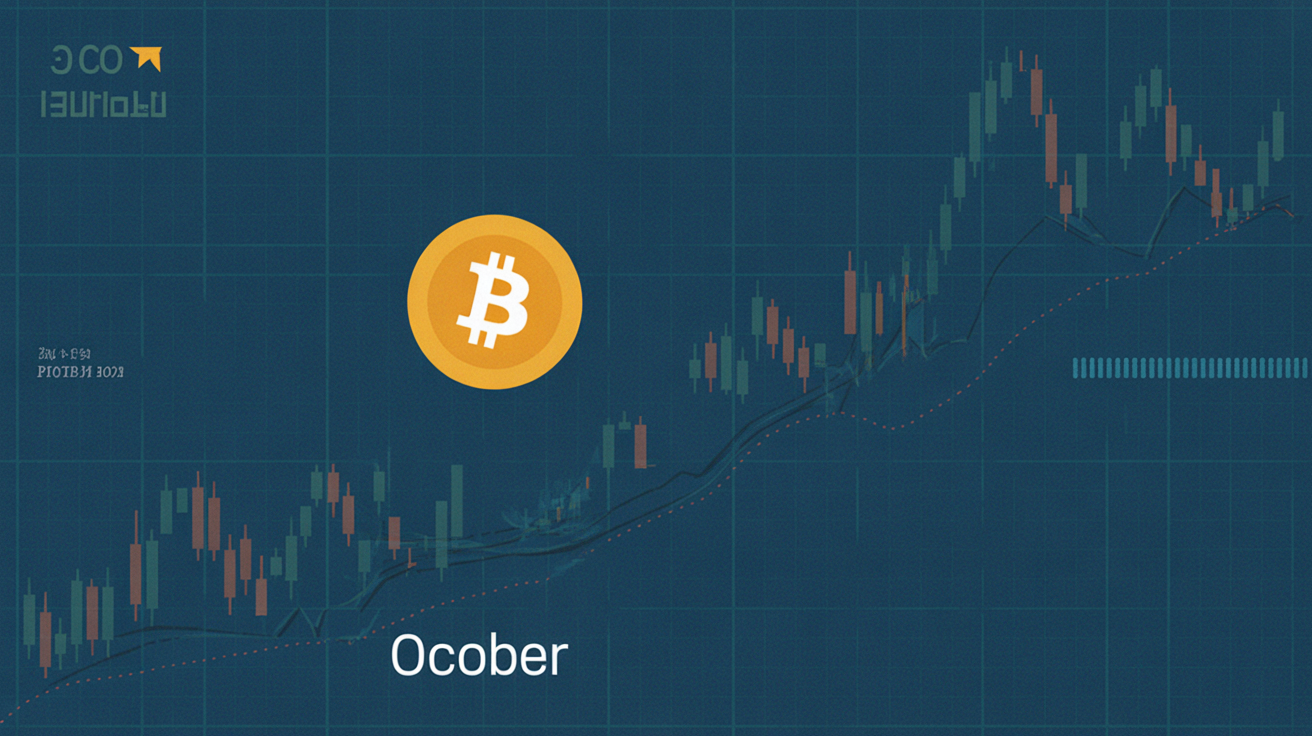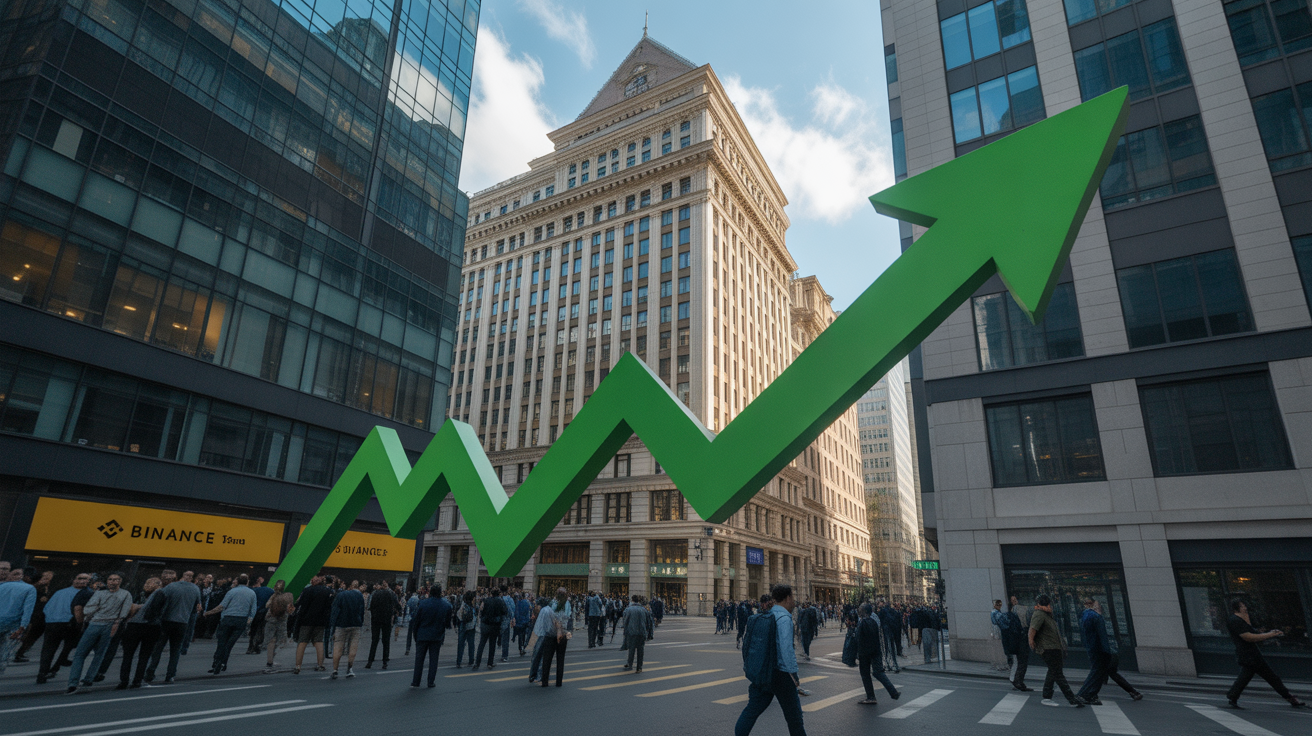Bitcoin’s Calm Bull Run Signals Market Maturity and Wall Street-Style Stability
11/7/2025
Bitcoin’s current rally is offering a glimpse of how much the crypto market has matured. Instead of the explosive volatility that once defined its price surges, BTC is climbing steadily—more in line with traditional financial markets than the chaotic crypto past.
A New Kind of Bull Market
Bitcoin’s previous bull runs were characterized by intense price swings and sleepless traders bracing for sudden wipeouts. But this time, things look different.
Since November 2024, bitcoin has advanced from about $70,000 to over $118,000, representing a 68% increase. Yet, rather than soaring volatility, this surge has been accompanied by a decline in both realized and implied volatility—a sharp contrast to the past, when price and volatility typically moved in tandem.
This pattern resembles traditional equity markets, where Wall Street’s VIX index—a measure of market fear—tends to drop during sustained rallies.
Cole Kennelly, founder and CEO of Volmex Labs, explained to CoinDesk:
“Bitcoin’s spot prices and the BVIV Index may now be showing a negative correlation, similar to what we see with the VIX in equities. It signals the crypto market’s growing maturity.”
Institutions Drive a New Market Dynamic
A big reason for this shift is the influx of institutional capital. The historic positive correlation between bitcoin prices and volatility seems to be fading as larger, more sophisticated investors enter the space.
In late 2024, the BVIV Index—which measures 30-day implied volatility on bitcoin options—ranged between 60% and 70% as BTC climbed from $70,000 to $100,000. But since January, BVIV has steadily declined to around 40%, its lowest since October 2023.
This is a stark change from earlier rallies, such as bitcoin’s surge from $43,000 to $73,000 in early 2024, when volatility spiked from 43% to 85%.
A similar trend is seen in Deribit’s DVOL index. Pulkit Goyal, Head of Trading at Orbit Markets, told CoinDesk:
“Unlike previous parabolic runs driven by retail hype, this rally has been methodical and driven by institutional flows. So while bitcoin’s spot price has climbed, realized volatility hasn’t spiked the same way, keeping implied volatility lower.”
Data from TradingView supports this narrative, with bitcoin’s 30-day realized volatility falling from 85% in early 2024 to about 28% over the past three months.
Why Volatility Remains Tame
Greg Magadini, Director of Derivatives at Amberdata, points to institutional trading strategies like selling covered calls on bitcoin or bitcoin-linked ETFs such as BlackRock’s IBIT.
“Two factors are lowering volatility: bitcoin’s larger market cap and liquidity make it harder to move prices sharply, and institutions have increasingly been trading IBIT options over the last six months,” Magadini said.
When institutions sell out-of-the-money call options against their bitcoin holdings, it generates yield but also puts downward pressure on implied volatility.
Kennelly noted:
“This new spot-volatility relationship is being shaped by structural volatility sellers, including bitcoin treasury vehicles, which have grown significantly in recent months.”
Market makers and dealers also play a critical role. As miners and institutions sell covered calls for yield, market makers are left holding long vega exposure—positions that gain if volatility rises. To stay hedged, they sell volatility, further suppressing implied volatility even as bitcoin’s price moves higher.
Goyal explained:
“Long-term holders like miners often sell covered calls to earn extra yield. Dealers accumulate those positions, ending up with long vega exposure. As bitcoin’s price climbs, dealers hedge by selling volatility, which can cap or even invert the typical spot-volatility relationship.”
Stability… Until It Isn’t
Looking ahead, bitcoin’s steady ascent and subdued volatility could persist, fueled by macro factors like a weakening U.S. dollar and potential interest rate cuts. However, analysts warn that unexpected shocks could still spark rapid volatility spikes.
Philip Gillespie, managing partner at AWR Capital, summarized:
“The macro backdrop supports risk-taking right now, with the dollar weakening and asset prices rising. Buyers are quick to step in on dips, keeping volatility muted as bitcoin nears all-time highs. But if a shock hits, volatility could jump sharply.”
For now, bitcoin’s rally is less like a roller coaster and more like a steady train ride, propelled by institutional participation and macroeconomic tailwinds—a clear sign that the crypto market is evolving beyond its wild west origins.




























